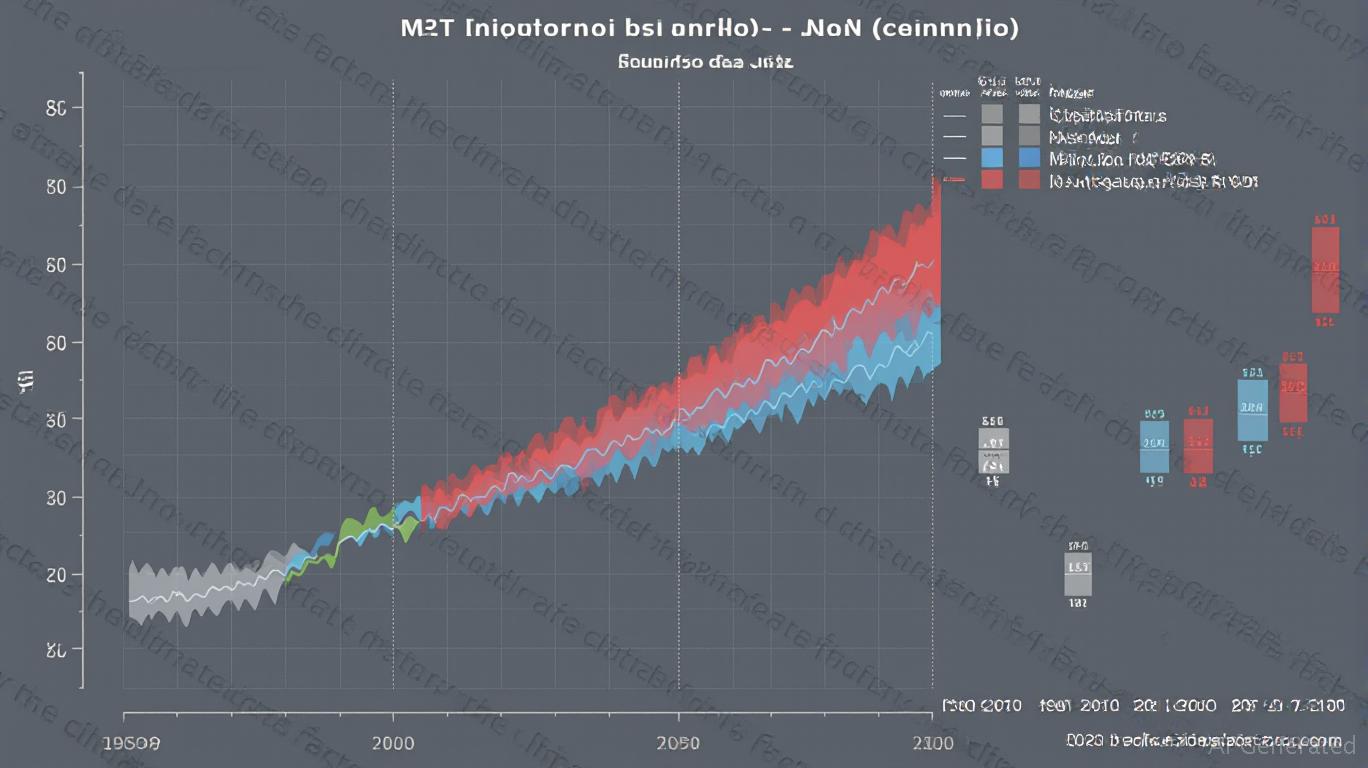Navigating the INR's Calm Before the Storm: Trading Strategies in a Range-Bound Rupee
The Indian rupee (INR) has entered a period of strategic limbo ahead of the July 9 U.S.-India trade deadline, with markets pricing in subdued volatility despite the high-stakes negotiations. While the currency hovers near 85.50 against the U.S. dollar, traders are positioning for a range-bound environment—projected between 85.20 and 86.13 over the next 12 months. This article dissects the drivers of this stability, evaluates risks, and outlines actionable strategies to capitalize on the rupee's undervaluation while hedging against geopolitical turbulence.

The Calm Before the Deadline: Why Volatility Remains Tame
Despite the looming July 9 deadline for U.S.-India trade talks, the rupee's implied volatility (a measure of near-term expectations) has remained subdued, hovering slightly below its three-month average. Traders are not yet pricing in extreme swings, reflecting a blend of cautious optimism and strategic patience. Three factors underpin this stability:
RBI's Neutral Stance and Policy Buffer: The Reserve Bank of India's (RBI) recent 50-basis-point repo rate cut, coupled with a shift to a neutral policy stance, has provided a floor for liquidity. While the move signals tempered easing, it reassures markets that the central bank remains vigilant.
Dollar Weakness and Fed Rate Cut Hopes: The U.S. dollar index has dipped below 97, buoyed by fading inflation fears and expectations of Fed rate cuts. A weaker greenback alleviates pressure on the rupee, which is still undervalued relative to Asian peers like the Singapore dollar or the Malaysian ringgit.
Partial Deal Optimism: Markets are pricing in a “mini-deal” focused on non-contentious sectors (e.g., textiles, pharmaceuticals), which would avert immediate tariff hikes. While agricultural and dairy disputes remain unresolved, traders are betting that a stopgap agreement will stabilize the rupee temporarily.
Risks Lurking Beneath the Surface
The calm facade masks vulnerabilities. Key risks include:
- Trade Deal Collapse: A failure to reach an agreement by July 9 would trigger a 26% tariff on Indian exports, risking a rupee plunge below 86. Immediate volatility could spike, with implied volatility spiking to 12% from its current 9-10% range.
- Supreme Court Tariff Ruling: The pending legal challenge to U.S. IEEPA tariffs (due by early August) could invalidate the tariffs entirely, upending trade dynamics. A ruling against the tariffs might depreciate the dollar, indirectly boosting the rupee.
- Oil Price Volatility: As a net oil importer, India faces pressures from rising crude prices (currently at $85/bbl). A $10/barrel increase could widen the current account deficit by 0.3% of GDP, testing the rupee's resilience.
Investment Strategy: Capitalize on the Range, Hedge the Risks
Given the rupee's projected 85.20-86.13 trading range, investors can adopt a multi-pronged approach:
1. Leverage the Range with Options
- Long Straddle/Strangle: Buy call options at 86.13 and put options at 85.20. This strategy profits from volatility spikes if the rupee breaches its range. Suitable for short-term traders expecting a trade deal resolution or Supreme Court ruling.
- Out-of-the-Money (OTM) Puts: Protect against a no-deal scenario by purchasing puts with a strike price of 86.50. These are cheaper than ATM options and offer downside insurance.
2. Currency Carry Trades
- Short USD/INR: With the Fed expected to cut rates and the rupee undervalued, shorting the dollar against the rupee could yield gains. Pair this with a stop-loss above 86.00 to limit exposure.
- Inverse ETFs: Use instruments like the ProShares UltraShort Yen ETF (YCS) to indirectly benefit from dollar weakness, which correlates with rupee strength.
3. Equity Sector Plays
- Export-Driven Sectors: Pharmaceuticals (e.g., Dr. Reddy's Laboratories), textiles (Arvind Limited), and IT services (TCS) stand to benefit from tariff relief in a deal. These stocks often outperform when the rupee strengthens, offering dual upside.
- PSU Banks: Despite recent profit-taking, PSU banks (SBI, PNB) remain undervalued at 5-6x earnings. Their resilience to rupee fluctuations and high ROEs (15-16%) make them a defensive play.
4. Hedging for Geopolitical Tail Risks
- Currency Forwards: Corporations and investors exposed to currency risk should lock in forward contracts at current rates to mitigate losses from a sudden rupee drop.
- Diversify into Oil-Neutral Currencies: Allocate 10-15% of forex exposure to currencies like the Singapore dollar or the Australian dollar, which are less oil-sensitive and offer diversification benefits.
Conclusion: Patience and Pragmatism
The rupee's near-term stability is a mirage of strategic patience, not immunity to risk. Investors must balance the potential rewards of a range-bound currency with the need to hedge against geopolitical shocks. By layering options strategies, leveraging sector-specific equity plays, and maintaining currency diversification, investors can navigate the rupee's volatility while positioning for long-term appreciation. As July 9 approaches, stay nimble—the next move could redefine the rupee's trajectory for months to come.
Sign up for free to continue reading
By continuing, I agree to the
Market Data Terms of Service and Privacy Statement

Comments
No comments yet